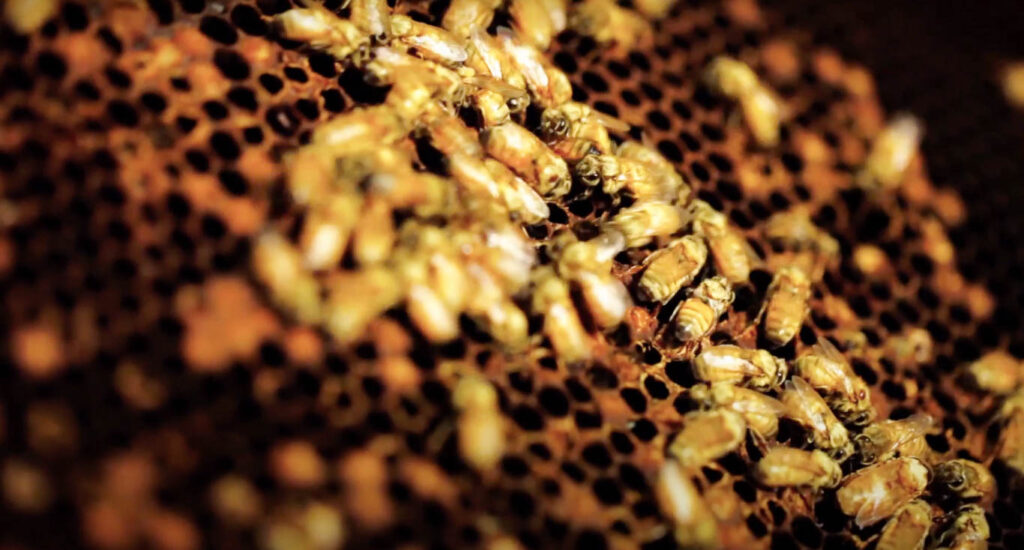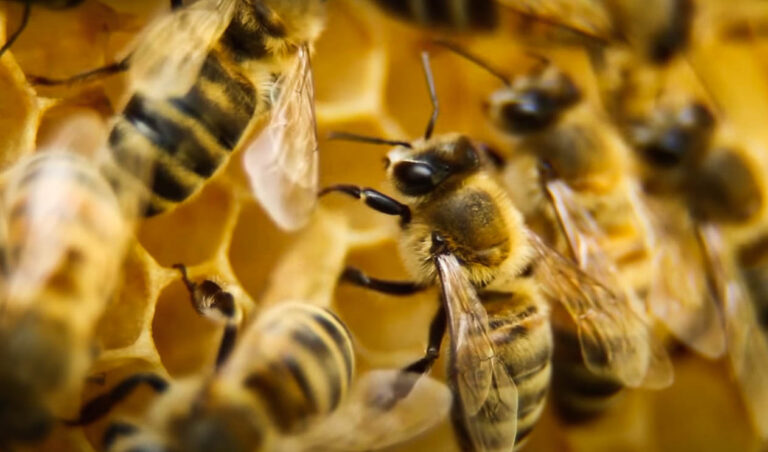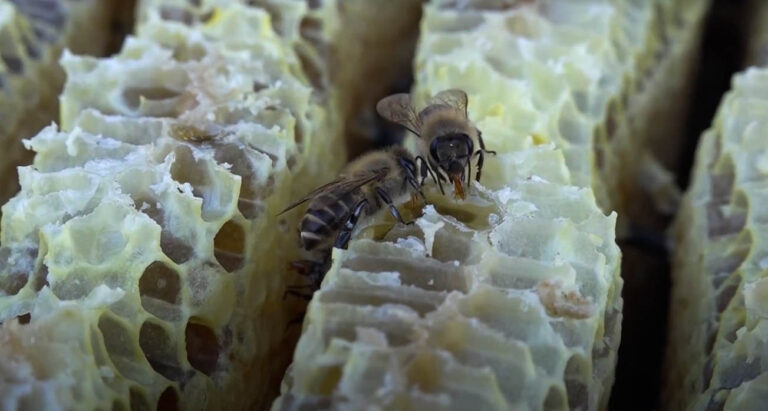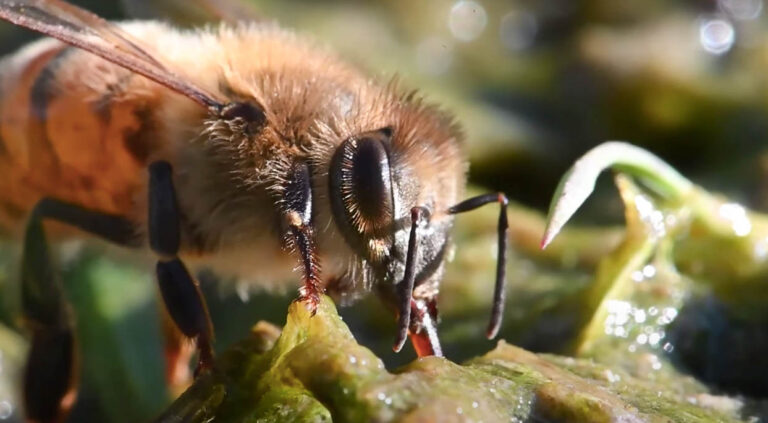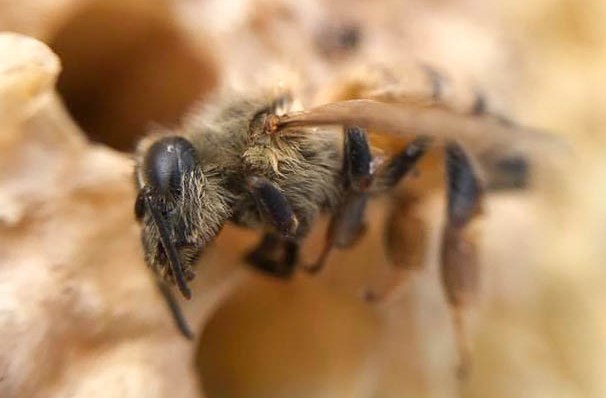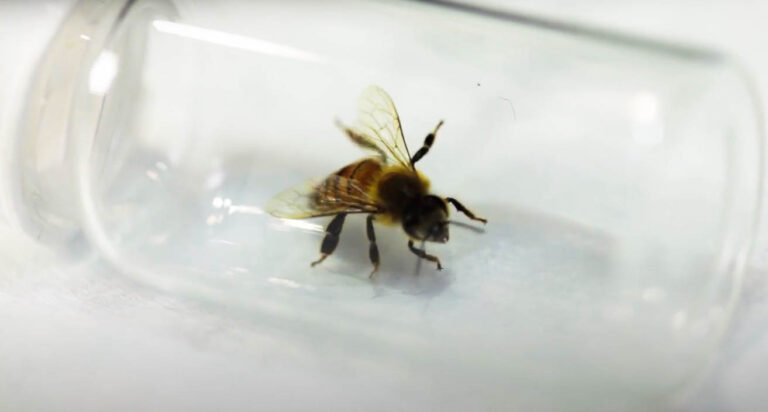About Africanized Bees
About Africanized Bees
Otherwise known as killer bees, Africanized bees are a species of western bees. They are known for their aggressive behavior, which gave them the killer bee name. The bees also have a fast reproduction rate.
Appearance
Africanized bees are golden-yellow in color. They also have bands that are dark brown in color. The average size of the insects is ½ an inch. They have an oval shape, which is typical of bees. The physical appearance of Africanized bees is similar to that of honey bees. However, honey bees are bigger than Africanized bees. Thus, Africanized bees are different from honey bees based on their size. They also have similar features to European honey bees. However, they are generally more aggressive than European honey bees.
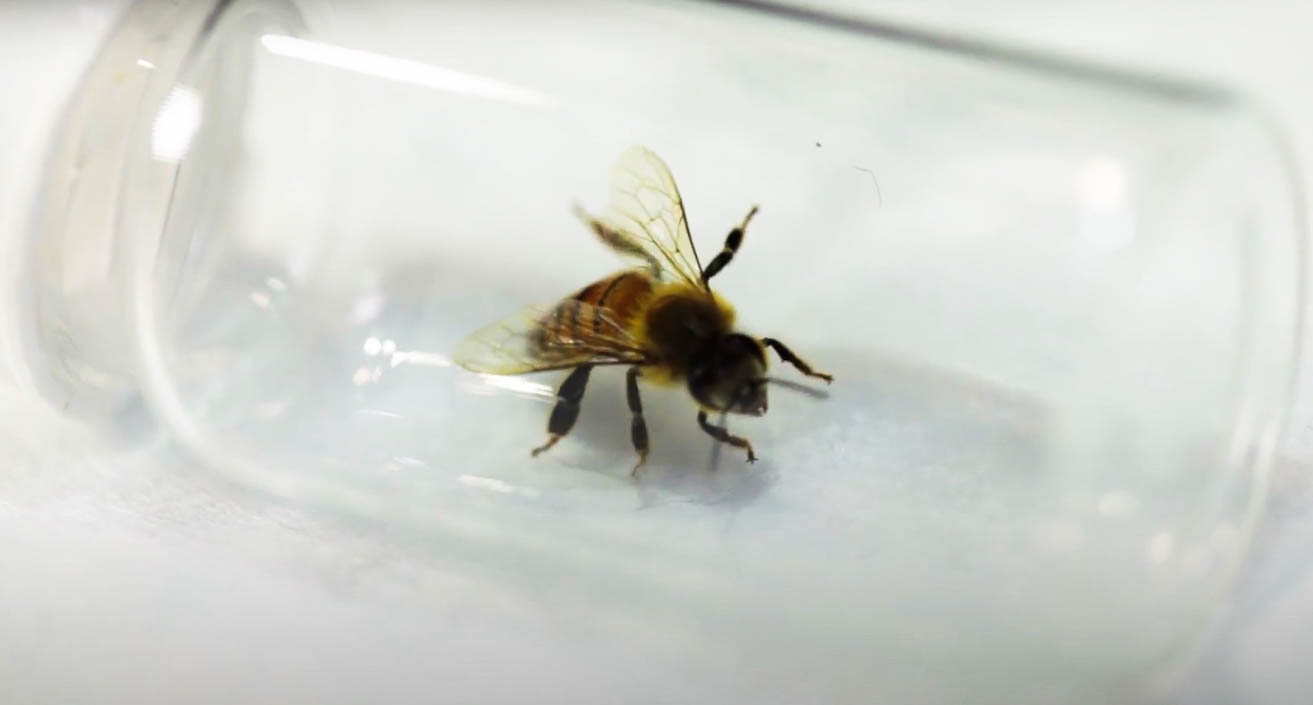
Behavior
They are known for their fast breeding and reproduction rate. The bees can both build their hives and breed within a notably short period. They also consider reproduction and the expansion of their colonies as important activities. It is noteworthy that the bees are particularly aggressive. The aggressiveness of the bees has given them a bad reputation. It is why they are called killer bees. They attack in large numbers and are assumed to be more dangerous than other kinds of bees. However, that is not the case. The threat of danger is only linked to their large numbers. The sting of the Africanized bees is not more painful. Also, the venoms of the bees are also not more dangerous than that of other bees.
Even though they are regarded as killer bees, Africanized bees are not exactly killer bees. They only attack when they feel threatened. In retaliation to an attack, they could chase their attackers for some distance. However, they do not randomly chase humans or animals. They will most like stay on their own if they are not attacked or provoked. If you go too close to their nests, they could be provoked, and an attack could follow. Because of their focus on producing and rearing their young, Africanized bees typically focus ongathering pollen which is a major component of the diet of young bees. The adult bees feed on nectar which they can convert easily to honey.
Life Cycle
The bees are divided into tiers of drones, queens, and workers. Members of the three tiers differ in size with the queens being the biggest and the workers the smallest. The queens also have the longest lifespan and can live for one to three years. The drones can live for up to 10 weeks, while the workers live for approximately one month. Africanized bees undergo a process of complete metamorphosis, from the eggs to the adults.
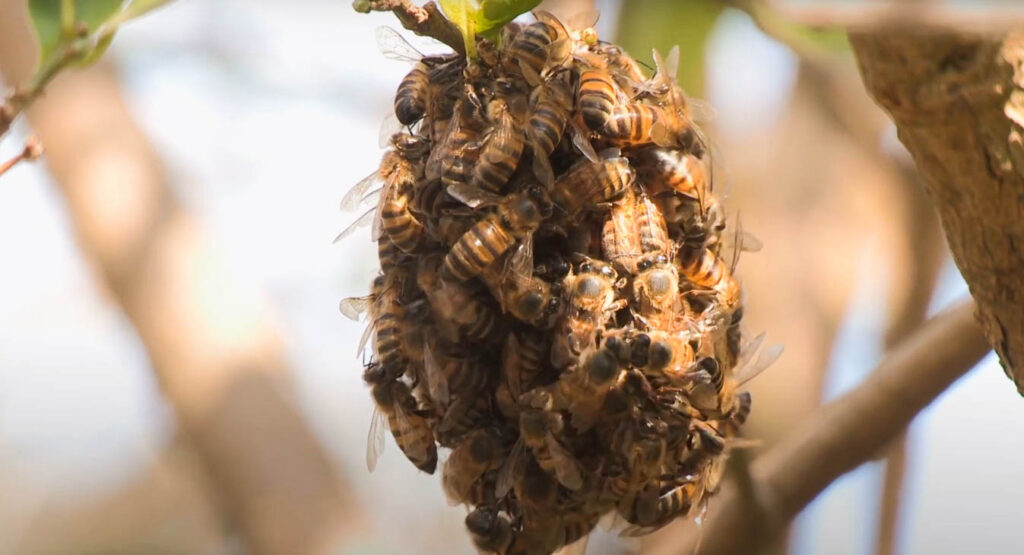
The queen mates in the air, a condition that favors the faster drones. The queen can mate with multiple partners in a period of 10 days. Afterward, the female lays eggs which can develop into workers, drones, and other queens. The type of bee that develops at a particular point is dependent on the diet of the queen. If the queens feed on a lot of royal jelly, more queens will be produced. The average length of the developmental period from egg to adult of queens, drones, and workers is 14, 24, and 20 days, respectively. Typically, the fertilized eggs developed into the drones and queens, while the unfertilized eggs develop into the workers.
Habitat
The bees live in small colonies and typically make their habitats in some of the most unexpected places. You will find the nests of the bees in places such as water meter boxes, tires, crates, and junk piles. Because of their unusual and unexpected habitats, a significant proportion of the encounters between humans and Africanized bees occurs accidentally. Africanized bees are natives of South Africa. They were introduced into Brazil in the 1950s with the hopes of cross-breeding them with the local honey bees. It is said that some of the queens escaped and that lead to the spread of the bees across America.
